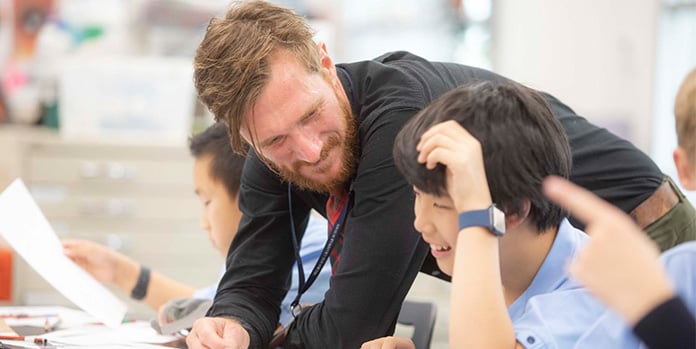At Wadhurst, we work with students at a transitional point in their young lives. These are the years in which students develop a sense of self and begin to find their place among their peers.
They also become better able to analyse their own thinking and this offers us an opportunity to introduce new approaches to keep students engaged with their learning. Reflective learning is one such technique.
Reflective learning has been part of the assessment process for Wadhurst students for the past two years. It begins with teachers providing feedback to students in relation to the main assessment tasks in each subject. We include commentary on what a student has done well, outline areas for further strengthening, and offer feedback on how they could make improvements. Students are then asked to respond to the teacher’s assessment based on a similar structure, presenting their own perspective on their learning.
Reflection gives students a voice in the assessment process, which is traditionally a one-way exchange of information from teacher to student. It also gives students an active role in deciding where they want to focus their learning, and which actions they want to take to move forward.
When reflective learning is implemented well, it offers students the prospect of seeing connections between assessment tasks. They begin to consider how a new approach to their learning in an art project, for example, could be applied in their English classroom, or even on the sports field.
For teachers, reflective learning enables us to improve our own teaching practice. By gaining an understanding of which areas of study students have internalised, where their comprehension is strong, and where gaps still need to be addressed from the student’s point of view, it creates a feedback loop, giving us ongoing opportunities to modify our approaches to the topic.
Most importantly, reflective learning underscores the social element of learning. It creates a conversation between teacher and student. Learning is an activity that depends on collaboration and communication. It is exciting to consider how Wadhurst students will continue to use this technique as they move into future years of study at Melbourne Grammar, and beyond.
Chris Drummond
Head of Teaching and Learning at Wadhurst



